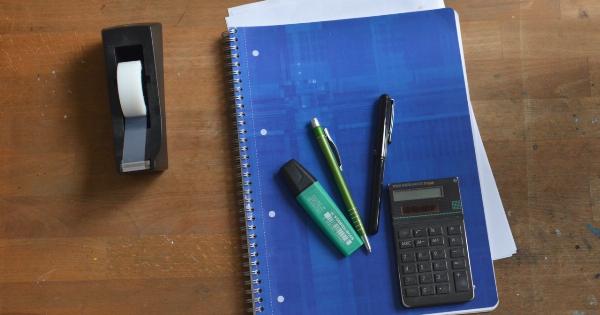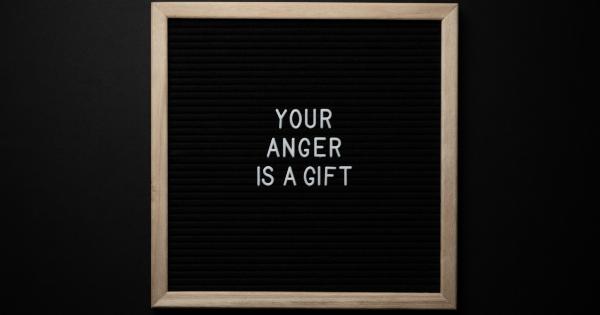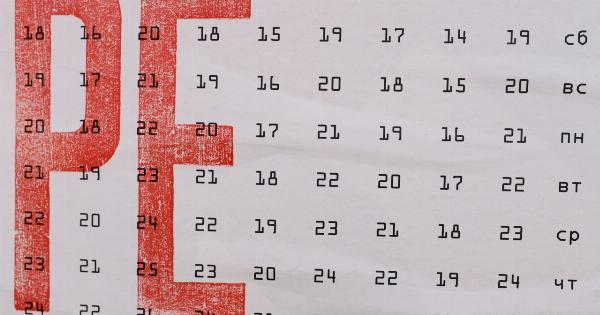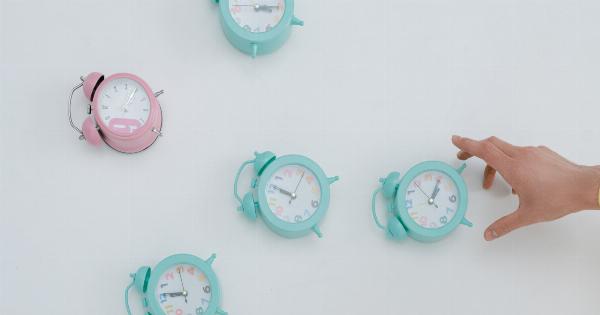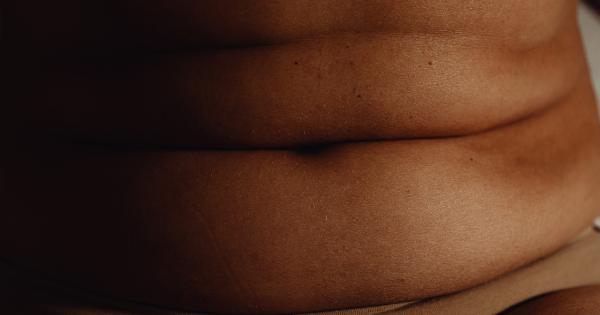Recovery is a journey that goes beyond physical healing. It involves the mind, body, and spirit working together to create a harmonious state of well-being.
While traditional medical treatments play a crucial role in the recovery process, the power of imagination and visualization should not be underestimated.
The Importance of Visualization in Healing
Visualization is the process of creating mental images or scenarios in our minds. It is a powerful tool that taps into the mind-body connection and can significantly impact our well-being.
When used purposefully, visualization can enhance healing, reduce pain, boost the immune system, and accelerate the recovery process.
How Visualization Works
When we visualize, our brain activates the same neural pathways as when we experience something in reality. For example, if you close your eyes and imagine biting into a juicy lemon, your salivary glands might start secreting saliva.
This shows how the mind can influence the body. By using our imagination, we can tap into the body’s innate ability to heal itself.
Creating Your Personal Visualization Practice
Here are some steps to help you harness the healing power of imagination:.
1. Find a Quiet Space
Choose a peaceful environment where you can relax and focus without distractions. It could be a cozy corner in your home, a serene park, or a calming beach.
2. Deep Breathing and Relaxation
Begin by taking deep breaths to calm your mind and body. With each inhale and exhale, imagine releasing any tension or stress.
3. Set Your Intention
Think about what aspect of your recovery you want to focus on. It could be physical healing, reducing pain, increasing energy levels, or cultivating a positive mindset.
4. Create a Vivid Image
Visualize yourself in a state of perfect health and well-being. Imagine every detail, down to the colors, textures, and sounds. For example, if you’re visualizing improved mobility, see yourself moving effortlessly and pain-free.
5. Engage All of Your Senses
Make the visualization experience as vivid as possible by engaging all your senses. Imagine the scent of flowers, the touch of gentle breeze, the taste of a nourishing meal, and the sounds of nature.
6. Embrace Positive Emotions
While visualizing, tap into positive emotions such as joy, gratitude, and hope. Feel the immense happiness of being fully healed and ready to embrace life to the fullest.
7. Practice Regularly
Consistency is key when it comes to visualization. Set aside dedicated time every day to practice your visualization exercises. As you do this regularly, you’ll begin to notice subtle shifts in your mindset and improve your overall well-being.
8. Complement with Affirmations
Affirmations are positive statements that reinforce your desired outcome.
Use affirmations that resonate with your visualizations, such as “I am healing every day” or “My body is strong and resilient.” Repeat these affirmations throughout the day to reinforce your belief in your recovery.
9. Seek Professional Guidance
If you’re new to visualization techniques or want to deepen your practice, consider seeking guidance from a healthcare professional trained in integrative medicine or a certified holistic healer.
10. Trust the Process
Trust that your body has an inherent ability to heal itself. By combining visualization with traditional medical treatments, you can optimize your recovery and create a harmonious state of well-being.
Conclusion
Visualization is a powerful tool in the recovery journey. By tapping into the healing power of imagination, you can enhance your physical, emotional, and spiritual well-being.
With regular practice and a positive mindset, visualization can be an integral part of your holistic recovery plan.




